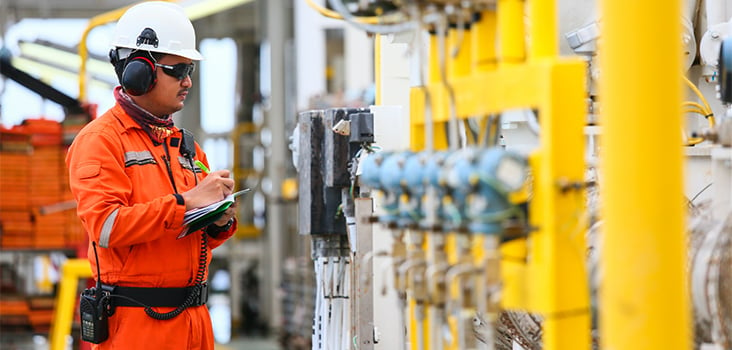
What is Safety Culture?
There likely isn’t a single organization that would say they don’t care about safety. While most companies have safety policies, procedures, and training in place, being OSHA-compliant isn’t always top of mind for company leaders, and it's often an afterthought until the need presents itself – which can be costly. But creating a culture of safety can begin with a few simple actions.
Safety culture or “culture of safety,” has been floating around a lot over the last few years. Many blogs and articles have claimed that this is the key to impacting real change in workplace safety. But what exactly does this vague term mean, and how can an organization achieve it?
Accidents can happen among any workforce, but companies with an established, well-communicated safety culture always seem to handle the process more seamlessly than those who are unprepared.
Four factors consistently stand out in organizations that possess a safety culture.
Safety Culture and Transparency
If you’re an employer, it’s important to practice what you preach. Employees know if a senior leader means it - or not - when he or she says that safety is a priority. The importance of safety needs to not only be discussed and communicated from the top-down, but also be visible in the workplace. This means following through on consequences, and taking actionable steps to achieve your company’s written safety goals.
Transparency also belongs in these conversations. If employees fear retaliation from disclosing an accident or safety concern to their manager, they’ll likely keep those things hidden and the problems will continue. A workforce needs to know that their honesty is appreciated and valued, and that the entire organization is committed to employee safety.
Safety Culture and Employee Value
If employees believe that their company values productivity over safety, they may also believe that any safety initiative values the bottom line over their well-being. A safety culture can’t exist if not everyone is invested, so it’s essential to ensure that employees find personal value in the program. This can start with a simple conversation asking workers about their own experiences in the workplace, risks they regularly encounter, and what concerns they have about their own safety. Often, companies use this feedback to develop guidelines and policies within their safety programs, making them more personal and valuable to employees who had a hand in the creation.
But safety and productivity don’t have to be adversaries. While it might take some time to get a safety program on track, safe practices can begin immediately and can lead to increased productivity. This can result from things like not having to halt production to handle an accident or improved morale from employees feeling more confident on the job.
Culture of Learning
Safety isn’t a quick fix; it’s an ongoing effort for the entire workforce. Rather than developing a one-and-done safety manual and training session, head into a new safety program with the mindset that it will continually evolve over time.
Some steps to encourage a culture of learning within a safety culture include:
- Use each accident as a learning opportunity.
- Find new and engaging ways to train your workforce.
- Be willing to admit when something doesn’t work, then look for the best solution.
Proactive Solutions
Managing workplace risks by reaction alone will never put you ahead of the problem. Implementing more proactive solutions can reduce accidents all together and improve productivity.
One way to reduce risks is by hiring the best fit for the job. A human performance evaluation will compare the abilities of a new hire to the essential physical job duties to see if the job is a good fit for that hire. This can prevent a situation where an employee is injured while attempting to complete an essential job task.
Improving ergonomics in the workplace can also help reduce injury risks, especially musculoskeletal disorders. If employees are not able to complete their job functions comfortably, whether they reach too high for tools or look down at a computer screen all day, they are more susceptible to injury (including repetitive motion injuries due to frequent use). An ergonomics specialist can help form the work space to the worker, making it easier and more comfortable for them to complete their jobs.
The safety needs of every industry, business, and workforce can vary greatly, so these four factors won’t fully address each individual workplace. But they offer a place to start toward a safer workplace. By taking action, making it valuable, continuing to learn and grow, and being proactive, companies can achieve the optimum safety culture.
If you aren't sure where to start with improving your company's safety culture, you don't have to do it alone. Concentra® has nearly 40 years of experience partnering with employers to improve the health and safety of their workforce. Talk to one of our work safety experts for a free consultation on ways we can help your business.



